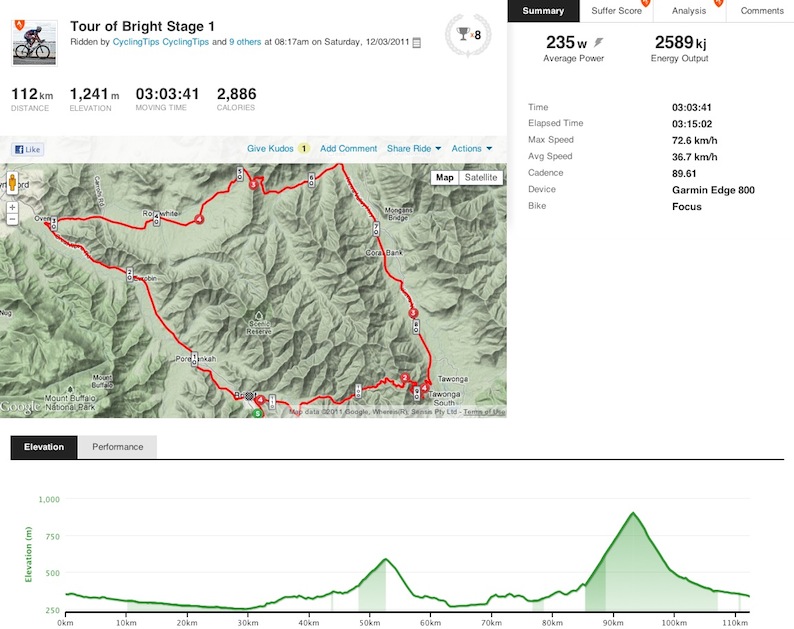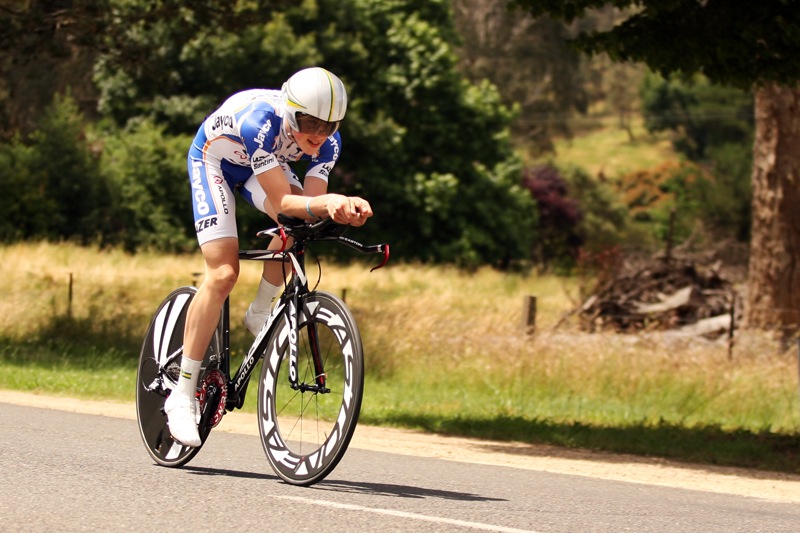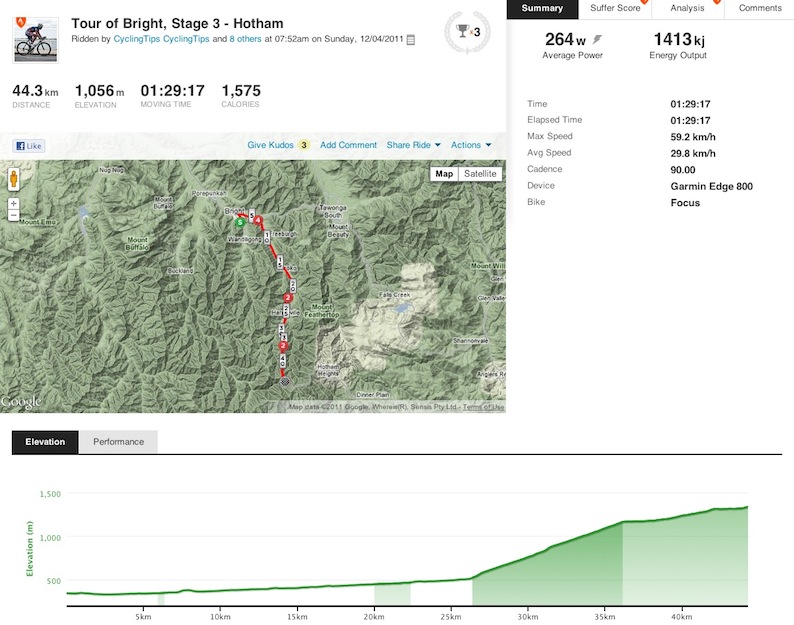Background
The race was started by a local business man named Bruce Reid who owned a restaurant in Bright. He saw that many people were coming up to ride and thought, “let’s give them a race to enter”. It was held on a slow weekend in the hope that it would attract some tourism to area. It began as a very small race with just 2 grades (A & B). One stage out to Buffalo River Dam & a criterium.
The first “official” running of the race was in 1994 where it began to take the shape it’s in now. That year Dean Woods won A grade. Cadel Evans raced in B grade as a junior. Since then we’ve seen lots of future stars come through the race which gives them a taste of the high mountains they’ll be facing in Europe.
The race has experimented many formats and dates. It was originally held in May but the weather caused problems and races were sometimes held through hail & snow. Even Tawonga Gap had snow on it one year. It was then moved to the Melbourne Cup weekend for 2 years. Since then it moved to the first weekend in December where it’s currently firm in everyone’s calendar. The Alpine Cycling Club was told it would never work in December as it’s track season and nobody would ever turn up. Now entries are full in a matter of days it’s capped at 550 competitors. Why? Because of the Time Trial. At 20 second intervals, it still takes all afternoon to get all the riders through!
Stage 1

Ciaran Jones wins stage 1 in Masters 1/2/3.
Stage 1 took the usual route through the Ovens valley and finished on the top of Tawonga Gap for the second year in a row. For a non-climber like me this is not good, however people keep crashing on the descent on the backside of Tawonga resulting in some serious injuries. I heard of a couple crashes on the Tawonga ascent (!) but fortunately there were no ambulances to speak of this year.

See Stage 1 details on Strava
Stage 2
One of the most popular stages of the ToB is the 16km individual time trial. This is where the all the Masters gets to show off their speed machines and try to outdo each other. For many people this is the first and last time of the year they’ll put on TT bars and remember why they hate time trials so much. 16km is just long enough to turn yourself inside out and never settle into a rhythm.

Keep your eyes out for Alex Morgan. He's already won a gold medal in the Team Pursuit at the Junior Track World Championships (Russia) and absolutely blitzed the ToB TT with a time of 20min39sec. He's only 17.

See Stage 2 details on Strava
Stage 3
Floris Goesinnen (Drapac, formerly Skil Shimano) wins Stage 3 in A Grade on Mt Hotham. I'm digging Drapac's new kit!
I love Mt Hotham but this is where the tour usually goes pear-shaped for me. This is when the light climbers tend to shine. The final 5km is relentless, windy and steep. Fortunately for us heavier guys the exposed part of Mt Hotham was -9C with 60 knott winds with sleet. You would have never guessed it because it was sunny and calm at the park gates where the finish line was.
I can’t speak for other grades, but Masters 1/2/3 set a blistering pace up Mt Hotham. I’ve never had to climb that mountain so quickly and I was gritting my teeth just to hold on. It was an extremely deep Masters field this year and the lead group averaged only 1km/hr slower than the A-Grade winner.

See Stage 3 details on Strava
Teams Race or Individuals?
Everybody who understands bike racing knows that it’s a team sport. The Tour of Bright is not a “Teams Race” (i.e. riders working together will not be permitted) and the commissaires kept a close eye on collusion and teamwork. There were many individuals out racing, but in the higher levels (A-Grade, B-Grade Masters 1/2/3) there were also many teams playing a part in the race.
I race as a part of a team and love the camaraderie that comes along with it. I think it makes the racing more interesting and since teams have identifiable jerseys it’s easier to spot who is working together. There will always be collusion in bike racing and in over 100 years of the sport’s existence that has never and will never change.
I had a chat with one of the commissaires and he was quite adamant that team racing in events like the Tour of Bright is killing the race. “If you want to race as a team, go and race the National Series”, he told us. Any riders who were seen as working together will be disqualified.
In a race like the Tour of Bright I think it’s poor form for teams to be up at the front controlling the race or disrupting any chase efforts, but attacking, counter-attacking, positioning riders up the road, chasing back breaks, etc is all part of racing which needs to be learned at any level of the sport.
What are your thoughts? Should teams be allowed in events such as the Tour of Bright? Are competitors racing as individual at a disadvantage?
Note: One of the riders on my team was DQ’d for teamwork and we understand and agree with the commissaire’s decision (I’m not trying to make a big deal out of this). It does raise the topic however and I’m curious to hear other people’s opinions about teams racing in lower level events and if it should be permitted.
See more photo galleries of the race at www.jxpphotography.com.
